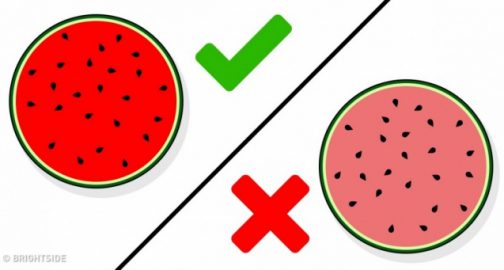
According to research, 1 in 10 people in the world has at least once suffered from mild food poisoning in a year. The freshness of the products in your house is crucial to yours and your family’s health. And sometimes you can figure it out with just a simple glass of water.
Here at Bright Side, we are big on eating healthy and fresh, but it can be tricky to tell which products are fresh or not. Here are some simple tricks to find out the freshness of these 11 common foods.
11. Milk
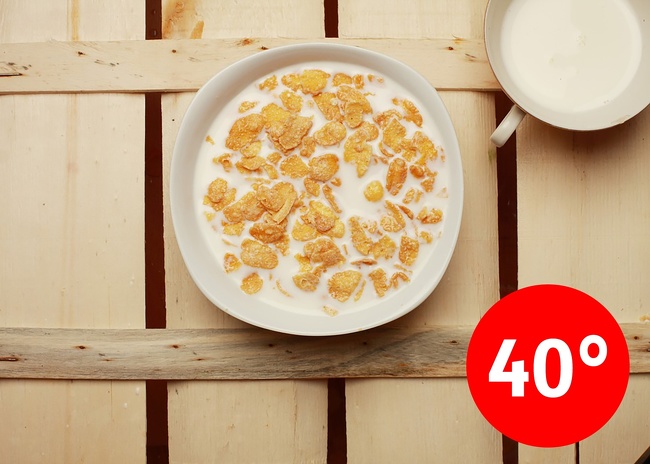
Did you know that unopened milk is good for almost a week after the “sell by” date on the packaging states? That goes for 1%, 2%, and skim milk.
To keep your opened milk fresh, set the temperature inside of the refrigerator to at least 40 degrees Fahrenheit and never put the carton on the door shelves — only in the body of the fridge.
10. Condiments
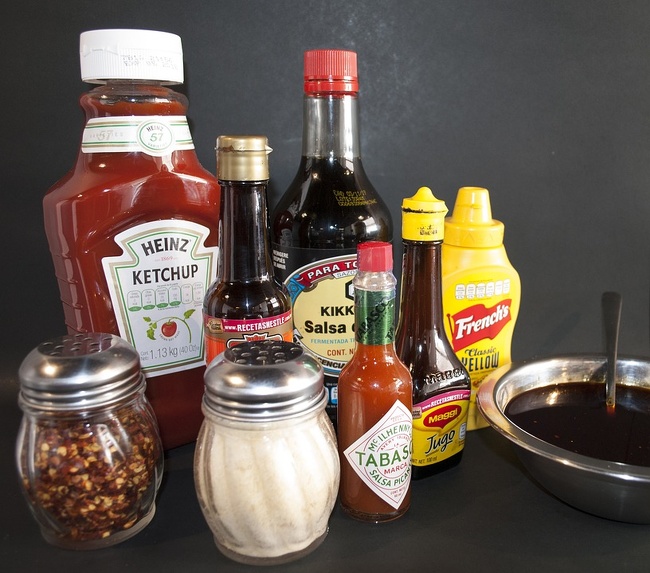
For those who love their ketchup and mayo, this information is crucial.
If you detect slight changes in the texture of a condiment after using it for a while or the taste seems to have a sourness to it — toss it in the trash without hesitation.
Here are the shelf lives of other sauces:
9. Watermelon
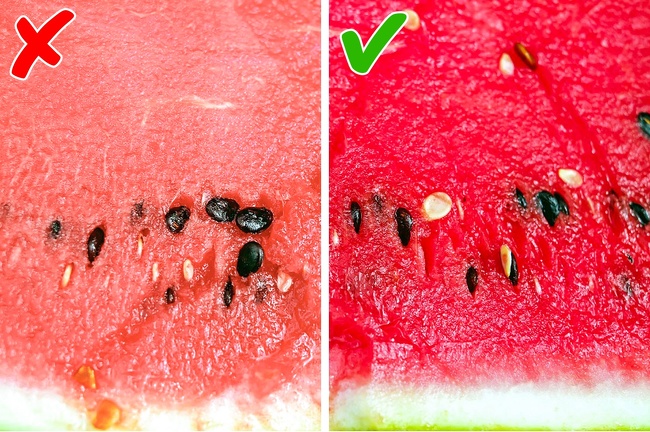
It is hard enough to pick a good watermelon, but if you already have one at home you should be aware of the following things:
8. Ground beef
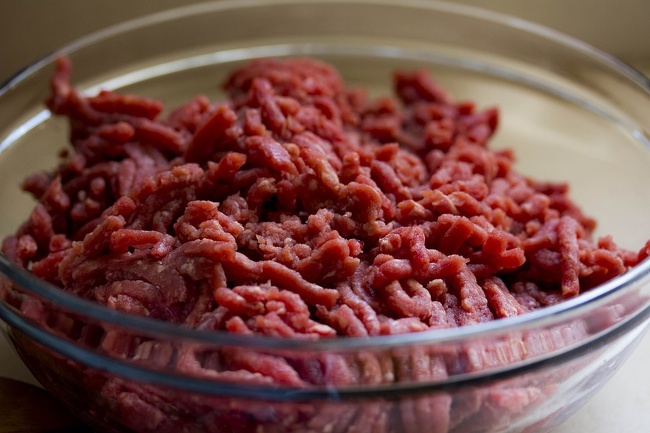
You can keep ground beef in the refrigerator for up to 2 days or freeze it for a couple of months, but always throw it away if:
7. Bacon
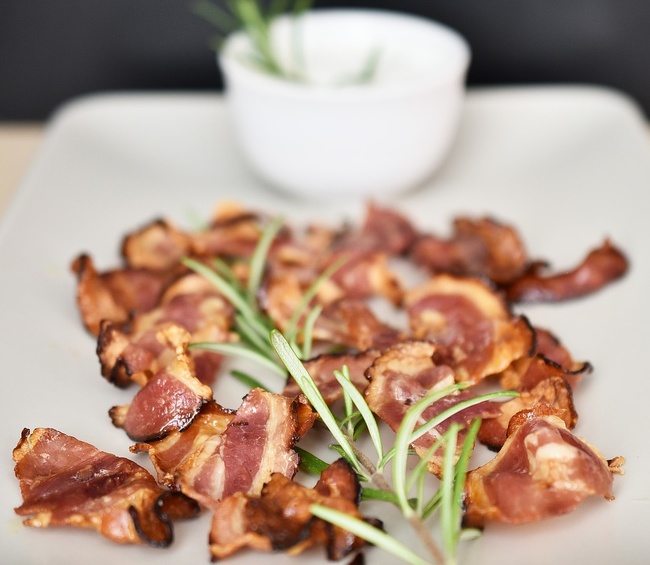
Bacon can live in your fridge for up to 2 weeks after purchasing it if it is unopened and stored properly. However, it’s time to throw it away if:
If any of the above are present, do not eat it!
6. Eggs

Eggs are good for up to 3 weeks in the refrigerator or 1 year in the freezer, but if you doubt the eggs in your house, just take a glass or a bowl full of water and dunk the eggs into it.
5. Almonds
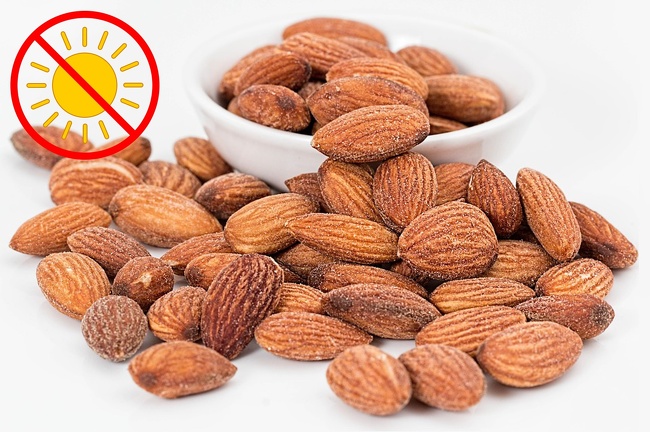
You can maximize the original 2 to 4-week shelf life of almonds if you place them in an airtight container after opening. Store the container in a dark, cold or cool place (even the refrigerator) to make them last longer. If you keep them in the fridge, they can have a shelf life of one year!
If you spot a little dark spot on an almond’s skin or if you feel the body of it has hardened — the almonds are turning bad.
4. Olive oil

Olive oil has a pantry shelf life of 1 to 2 years. But it can go bad easily if you leave it in a warm or sunny environment.
You can store your oil in the refrigerator, but don’t be discouraged to use it if it looks cloudy upon taking it out — it’s from the solidification process. After warming up the oil, it will turn clear once again.
3. Yogurt
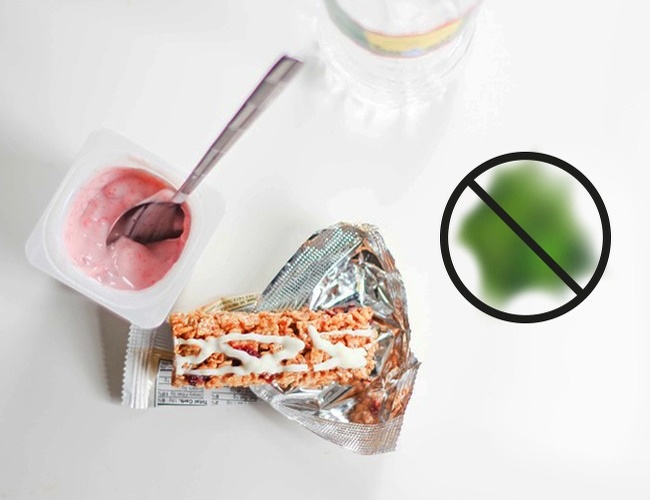
Yogurt’s shelf life can be up to a week in the refrigerator unopened and even up to 5 days if it has been opened. But even if it’s freshly opened it could be bad — look out for small signs of mold or even slightly changed color — if you find either of these, throw it away immediately.
2. Salmon
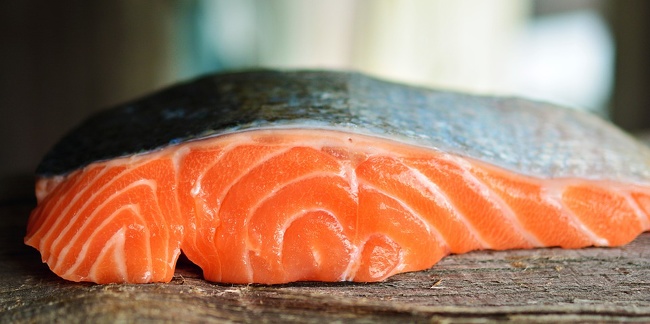
Salmon steaks are good for up to 2 days in the fridge or 2 to 3 months frozen. Salmon and any other fish for that matter, should be frozen before getting spoiled in the refrigerator.
If you suspect your salmon has gone bad — see if it has a slimy shine to it or a specific “fishy” smell. You can also tell that the fish has gone bad if its flesh is “feathering” or pulling apart easily piece by piece.
1. Bagged salad
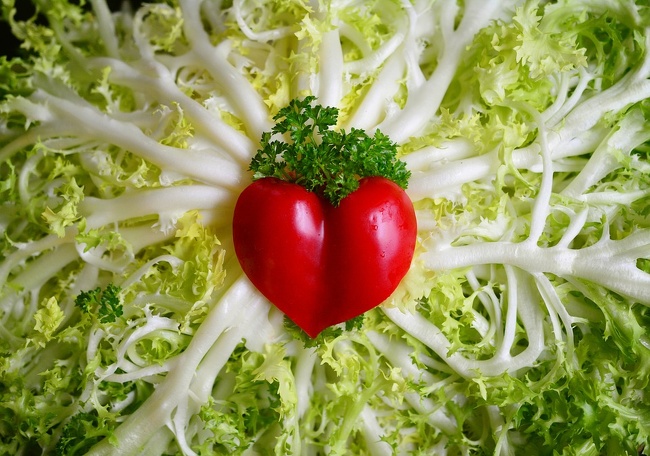
Let’s be frank — prepackaged foods are usually not the freshest to begin with. With packaged greens and salads, you need to look for a slight discoloration (into deeper colors) and sliminess to see if it has gone bad.
A typical shelf life of bagged greens is up to 10 days if unopened and up to 5 days once opened. To help salad live up to its full potential, store it in an airtight, cool place — but don’t try freezing it, you won’t like the outcome.
We hope you found our tips useful and will never find a rotten egg in your pantry ever again. What are your tips to keep food fresh? Share them with us in the comments!











